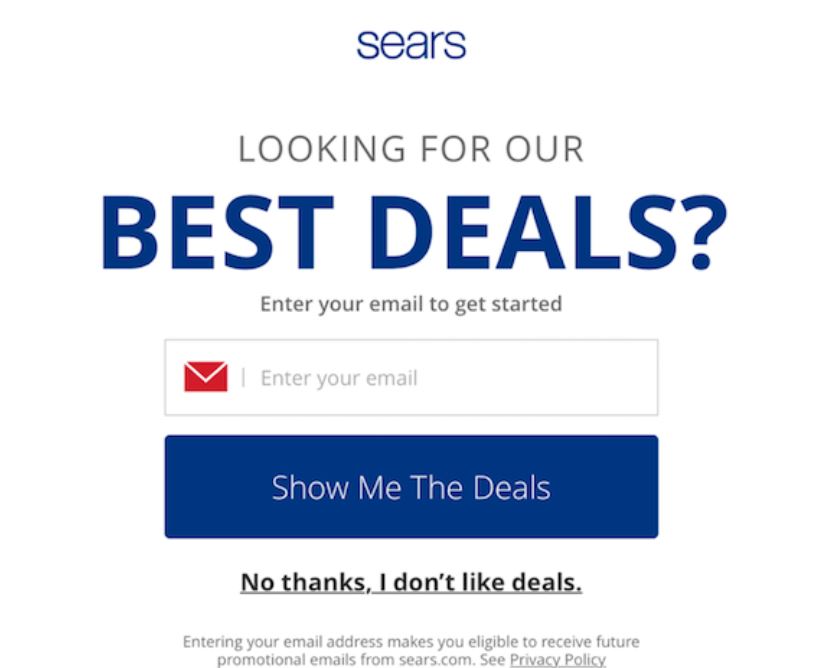Digitization of society is not a new thing. The rise of the internet and the Internet of Things changed the basis of competition and have become an inherent part of our lives. You may think, this is something I already know. But what if I tell you that digitization of society may influence your behavior and choices? What if the technologies that we use are a way for firms and governments to indirectly steer us in certain directions by persuading and influencing our choices. This practice is called ‘Nudging’ and can be defined as the influencing of behavior without coercion with the influencers as choice architects (Thaler & Sunstein, 2008).
Let me first explain how nudging works; by providing an obvious design choice, behavior is influenced by shaping the situations of decision-making in such a way that the individual will take the ‘right’ decision with a higher probability than in an alternative landscape (Kemmerer et al., 2016). For example, the government in America designs situations where the default option is to donate organs or save more for retirement (Tapson, 2013).
Particularly, Thaler & Sunstein emphasize that nudges should be used when decisions are difficult or hard to understand and should help to make the ‘right’ choice (Thaler & Sunstein, 2008). However, more and more firms use nudging in a matter that in no way is likely to help the user. Firms desperately attempt to nudge users towards conversations like newsletter signups and add manipulative text to their popup models (NN Group, 2017). As you can see on the image of this blog, texts used in the popup have the intention to make the user feel bad if they are not interested in an offer. Visible is that the accepting link is often bigger, brighter and more visible than the rejection link. Moreover, the rejection link is often a variety of undesirable statements and specifically focuses on the fear of missing out.
But this is just one example. Facebook, for example, is also an persuader that has learned how your brain works and knows now how to make you click on more links (by attracting your attention), and may influence the number of times and amount of time spend on certain pages. Though behavioral design could be innocent, more and more big companies use nudging in ways to control their consumers and get more power over their consumers.
My question to you: are we in need to set rules that diminish large companies nudging powers to protect our free choice? And if so, how should that be done?
Kemmerer, A., Möllers, C., Steinbeis, M., & Wagner, G. (2016). Choice Architecture in Democracies: Exploring the Legitimacy of Nudging-Preface.
NN Group. (2017, April 30th). Stop Shaming Your Users For Micro Conservations. Accessed on: 18-10-2017. Retrieved from https://www.nngroup.com/articles/shaming-users/
Tapson, M. (2013, August 13th). The Soft Totalitarianism of Nudging. Accessed on: 15-10-2017. Retrieved from http://www.frontpagemag.com/fpm/200533/soft-totalitarianism-nudging-mark-tapson
Thaler, R.H., Sunstein, C.R., 2008, Nudge – Improving decisions about Health, Wealth, and Happiness, London: Yale University Press


Hello Saskia,
Thank you for your article. I enjoyed reading it; I find well-structured and documented, and the examples made it easy for the reader to grasp the concept of nudging.
It is indeed always interesting to understand what influences ‘our’ choices, how deep in our unconscious certain words can resonate, or how a particular design can easily mislead us. Marketers know a great deal in terms of psychology and are always keen to play on those aspects.
The concept of ‘free choice’ however can be called into question as there are always externals factors invisibly entering the equation, whether we want it or not. But that’s another debate.
Regarding regulations on nudging, I believe that, for now, as long as it is transparent and that it is easy to opt out of the nudge, those practices can be acceptable. Nudging is after all guiding toward a certain choice but does not prohibit or punish the alternatives choices. It is true though that we will have to be more vigilant in the coming future as new technologies lead us to an effortless lifestyle, always aiming to ease the decision making process. But isn’t it one of our human strength to remain critical instead of passively automating our reactions?
Hi Saskia, thank you for your post 🙂 To answer your question: I think it would be very difficult to enfore such rules and regulations on big companies. Especially because the use of nudging and the effects of it are very different across situations. Individuals may all respond differently to nudiging techniques, and while constraining some will protect a specific group of people, others might still be affected by the nudging.
Also, there are many positive examples of the use of nudging by both large companies and governments. A few examples are a reduced number of late tax payers due to a change in the notification form and an increase in fruit and vegetable sales and decrease in unhealthy food using traffic-light labelling on food. I think that especially with the overload of information that we are subjected to on a daily basis, nudging can help navigate these decision making processes, not excluding the fact that every given nudge is ethically defendable.
http://www.technologist.eu/the-power-of-nudging/